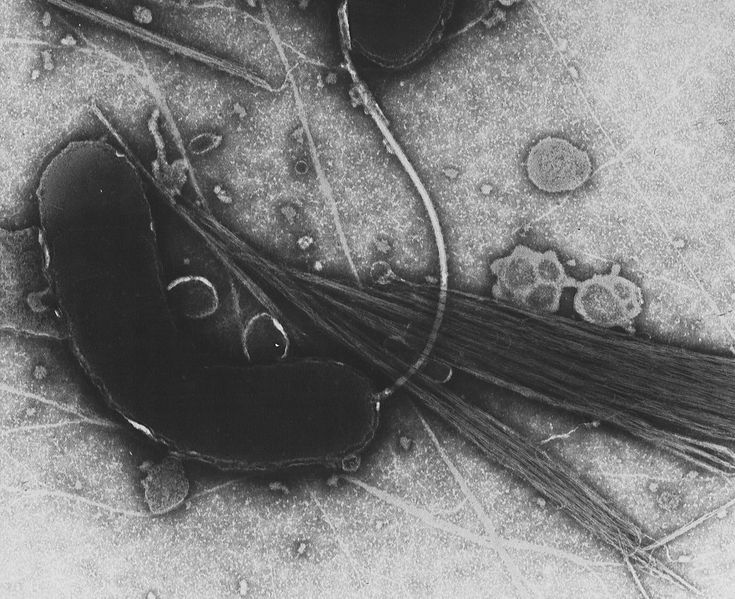This year, in solidarity with the uprising of the Iranian people determined to finally throw off their chains, my A to Z theme is Iranian/Persian culture and history. I hope you enjoy learning more about one of the world’s oldest and richest cultures.

Azar Andami was born in Rasht on 8 December 1926, in Saghrisazan, the city’s oldest neighbourhood. Saghrisazan means “shoemakers,” owing to how many of its original residents were employed in that industry. Azar was the fourth-born child and only girl in her family, and so brilliant she skipped a grade in the city’s elementary school for girls.
After completing ninth grade at Forough High School, Azar was forbidden from continuing at that school by her father. Instead, he sent her to Rasht Preparatory Academy. In 1946, Azar graduated from Danesh Sera, and the next year, she began working as a teacher for the Ministry of Culture.

Six-year-old Azar is on the far right
During her career as a teacher, Azar became very interested in natural science, and decided to pursue an education in this field. She earned a diploma in 1951 after taking several qualifying tests, and in 1953, she sat for medical science entrance exams at the University of Tehran.
Six years later, she graduated with an M.D. and took a course in obstetrics and gynecology. However, her interests soon turned towards bacteriology, and she moved to Tehran’s Pasteur Institute for further study in this field. She won a scholarship to study in Paris, and earned a degree in bacteriology in 1962.
Over the course of her medical career, Dr. Andami travelled to Belgium and France several times to conduct research. She published a number of scientific articles in prestigious journals.

Dr. Andami’s work in bacteriology enabled her to develop a vaccine against El Tor, a diarrheal strain of cholera which was first identified in 1905. The first major outbreak came in 1937, and then a series of pandemics swept through the Middle East, the Indian subcontinent, Southeast Asia, and Africa during the 1960s. It reached Europe via Italy in 1973, and there were smaller outbreaks in Japan and the South Pacific in the late 1970s.
Though El Tor is rarely fatal and is usually relatively mild, it also takes about a week for people to start showing symptoms. Thus, there’s a greater chance of infecting a larger population. The disease originates in the small intestine and spreads through human feces, which can contaminate food and water.

The Pasteur Institute of Iran, Copyright Mehr123456789
Dr. Andami figured out the best way to prevent El Tor is by giving a preventative cholera vaccine before one has a chance to contract the disease. At the time, the only place in Iran where vaccines could be prepared was the Pasteur Institute.
Towards this most noble end, the institute let the microbiology lab have complete use of all their resources and facilities. The staff worked under Dr. Andami’s direction, and Dr. Andami took almost no breaks, not even on holidays or at night.
The vaccine was such a success in Iran, it was sent to many other countries and thus prevented untold amounts of suffering. Dr. Andami was awarded a scientific medal for her lifesaving work.

Transmission electron microsope image of negatively stained Vibrio cholerae (which El Tor is a strain of)
Retirement didn’t agree with Dr. Andami, and she started working at Baher Hospital in Tehran. She became the head of the medical diagnosis laboratory. Later on, she switched to the OB-GYN clinic of her husband, Dr. Mansour Khaltabari.
Sadly, Dr. Andami collapsed one day while examining a patient, and was diagnosed with a brain tumour. She died of a pulmonary embolism on 19 August 1984, aged only 57.
Dr. Andami is buried in Behesht-e Zahra Cemetery in Tehran, Iran’s largest cemetery. Her grave is inscribed:
“Her way in this palace is knowledge, love, and kindness.”

On 25 August 1992, a crater on Venus was named after Dr. Andami.
Another woman working at the Pasteur Institute, Dr. Mansoorpour, said of her:
“She was a hardworking and determined woman. In this institute, she never stopped working and researching for a single day, and I have never seen a woman with her perseverance and effort. She was one of the few people who the more she knew, the more she understood that there are many things she does not know, and her constant efforts and the dynamics and movement of her life indicate this claim….”


What an inspiring woman, and to have overcome such initial obstacles…
Visiting from
https://how-would-you-know.com/2023/04/a-the-apple-of-my-eye-academic-contranyms.html
LikeLike
WOW!
The way she worked with the El Tor virus or bacteria.
And the way she kept working till her last days.
It was interesting too reading about Dr Azar’s school career.
So bacteriology was her second interest [after the OB/GYN world she shared with her husband].
LikeLike
It’s great reading about a female scientist who did so much good for the world.
Ronel visiting for A:
My Languishing TBR: A
Accomplished Athena
LikeLike
Thank you for introducing her to us! That quote from her grave is beautiful…
The Multicolored Diary
LikeLike
Thank-you. Incredible woman, inspirational as Marie Curie,
LikeLike